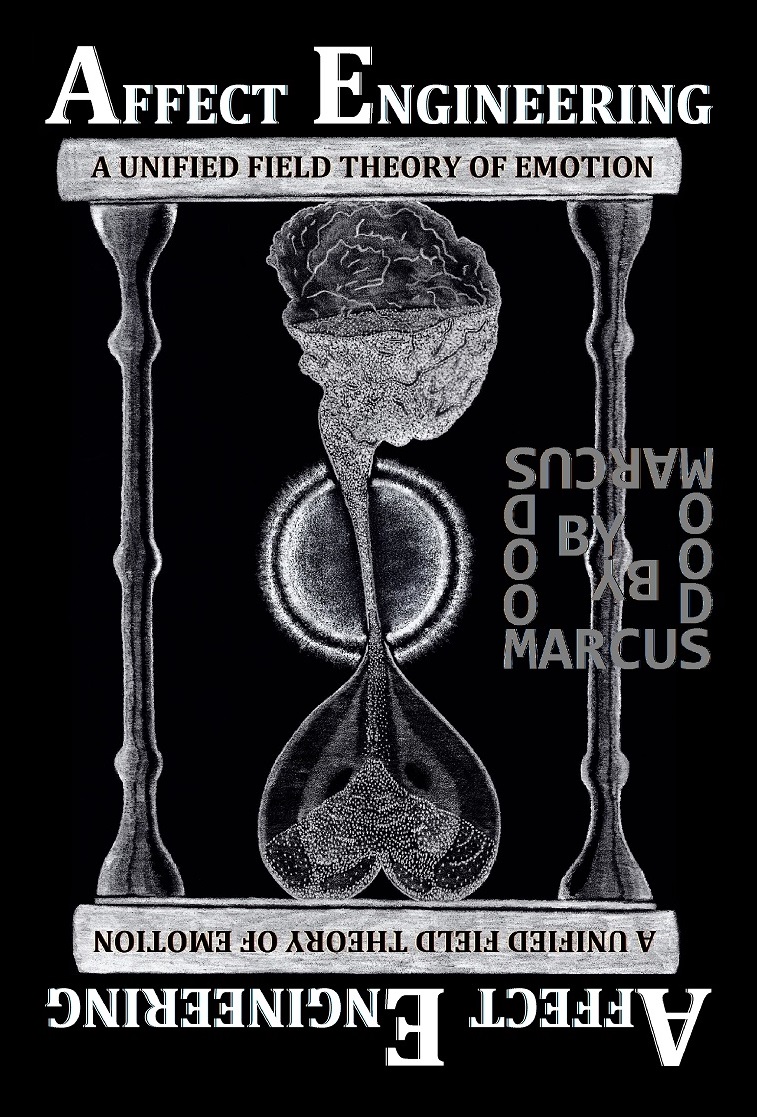Affect Engineering is officially done, though it will not be available until August 11, which just happens to be my birthday.
Some of the menus have been updated, such as the Image Samples bar. The front cover of the book is below.

Updates on the Current Project
Affect Engineering is officially done, though it will not be available until August 11, which just happens to be my birthday.
Some of the menus have been updated, such as the Image Samples bar. The front cover of the book is below.

Museums, post-apocalyptic movies, improv, dancing in a music video, Mile High Blues, food poisoning, headaches, hallucinations, a Renaissance festival, visiting family, science fiction (Eureka), cops with cool British accents (Luther), resourceful spies (Burn Notice), Scrabble, the Grizzly Rose, the Mercury Cafe, the Turnverein . . .
After being out of town for over a month vacationing, I have been eager to get back to work, more so than usual. I acquired the final permissions that I need just a few days ago, so a finished book should be rolling off the press soon, likely within the next week or two. There is more to come.
I despise setbacks, especially ones that take five months to develop. Three out of four permissions acquired to date, one denied. Those are not bad numbers at first glance.
Some 250 citations I need to change, find another source for, or delete, however, is inconvenient to say the least.
Three permissions acquired so far, just a few more to go! Accessibility and making it easy to comprehend is my main priority, after permissions that is and as far as editing the book goes.
At some point soon I will likely continue illustrating my epic comic strip. The upside to becoming a publisher is that I can someday publish it on my own terms. I am not sure what, if any appeal it might have to specific people, as both poetry and comic strips seem to be dying arts, in their traditional formats. If I were swimming in money and time then I would like to make a publisher page too, but first things first, like setting up a business bank account.
I will also be journeying to Colorado this summer, not sure for how long, but there will certainly be some dancing involved and maybe some improv. I have been reading up on a few other books, and practicing some international standard dances. It should be fun to actually have space and partners though.
And those student loans I still have… it would be nice to pay those off before contemplating tacking on any more. At least it’s starting to feel like summer anyway.
The plan of attack has shifted. After some careful consideration (lots of it), I am looking into self-publishing the project (i.e., creating a publishing company, buying ISBN’s, and all the other hard work that goes into publishing).
Basically, I took a step back, gave the manuscript a cold, hard looking over, and realized the nature of the subject is a bit more academic than I consider it to be, irrespective of my writing style, or quite possibly anyone’s. Perhaps it is fitting, I like to have my hand in everything anyway.
The last of the major editing came to a close yesterday, and the front matter is nearly done. Clearing permissions (should take anywhere from a few days to three months) will be the next hurdle before it comes to life. The last thing I want is to step on another publisher’s toes or copyright. If all goes according to plan, it will be available in hardcover, softcover, and ebook format.